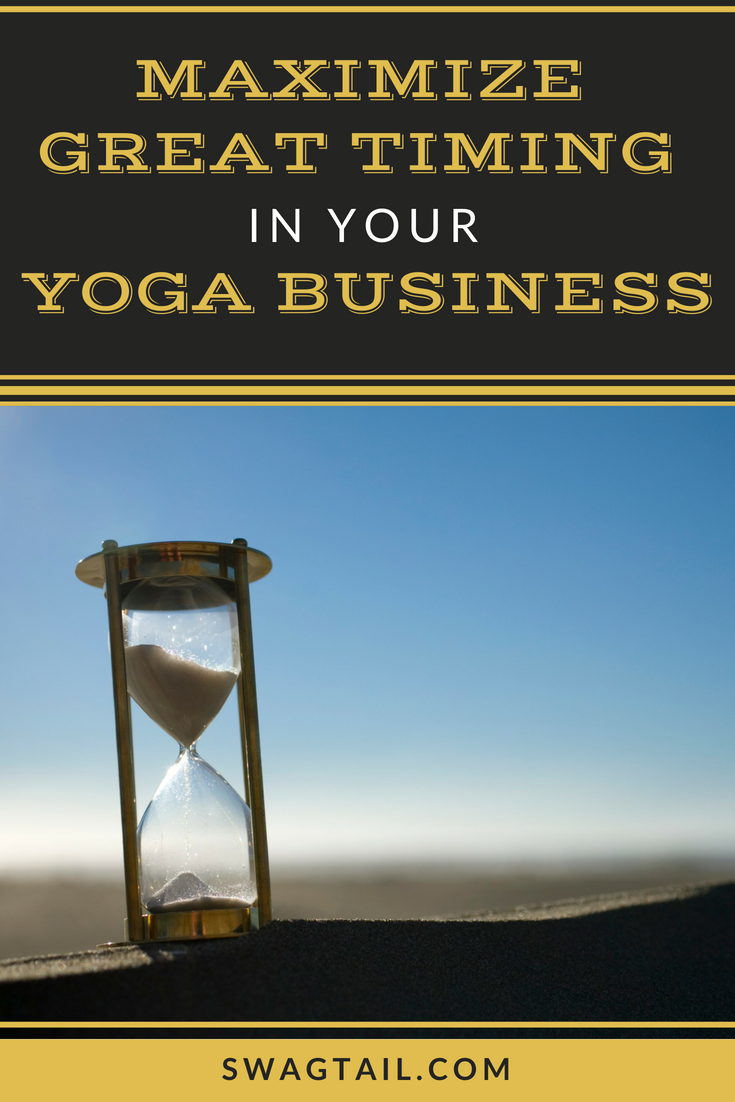 The common phrase that you are “in the right place at the right time” implies that luck, instead of merit, is what most greatly influences your positive experience. But what if you could strategically place yourself at that right time to increase your impact and grow your business? Thanks to a greater understanding of human psychology and cultural trends, you can! And, in this article, we’ll uncover how you can leverage good timing to more powerfully meet the needs of your students and enhance the success of your company.
The common phrase that you are “in the right place at the right time” implies that luck, instead of merit, is what most greatly influences your positive experience. But what if you could strategically place yourself at that right time to increase your impact and grow your business? Thanks to a greater understanding of human psychology and cultural trends, you can! And, in this article, we’ll uncover how you can leverage good timing to more powerfully meet the needs of your students and enhance the success of your company.
When I graduated from my initial 200-hour teacher training program years ago, I was eager to start teaching. And, thanks to some connections, I landed a position at an eco-retreat on the coast of Brazil.
While summer was turning to fall in the Northern Hemisphere of the globe, warmer months were to come in the Southern. For many, spring is associated with cleaning house, taking care of the body, and fresh starts.
This shift in season created a boom for the wellness-based resort at which I began to work. While I didn’t realize it at the time, the retreat thrived by aligning its programs with changes in the human perspective as well as the core values of the yoga community. What I came to learn is that no matter what time of year it is, or where you find yourself on the planet, you can use good timing to increase your impact.
WHY TIMING MATTERS
In the book, WHEN, author Daniel Pink provides an immense amount of scientific data to highlight human timing trends. With each study, he demonstrates that timing is much more than intuition and guesswork. This empirical data can help you better understand yourself and your students.
For example, scientists have been measuring the effect of time of day on brain power for over a century now. As you might imagine, most people would want to plan important meetings and interactions when they’re at their best. Studies reveal that your mental focus changes throughout the day.
As Pink explains, each person experiences a day in three basic stages. You have a peak–when you are most alert and able to solve logical problems. There is a trough in which your energy levels and focus drop. Then, there is also a recovery period where sharp thinking might dwindle, but creativity and innovation can soar.
When you understand that brain power, mental focus, and even moods can shift this much within a 24-hour period for each individual, you can better calculate your schedule for overall success. You can plan good timing with others in order to more authentically connect with them. You can set aside time in your day when you’re more vigilant to work on proactive business tactics. And, you can more appropriately outline your private and public classes to match the energy levels of your students.
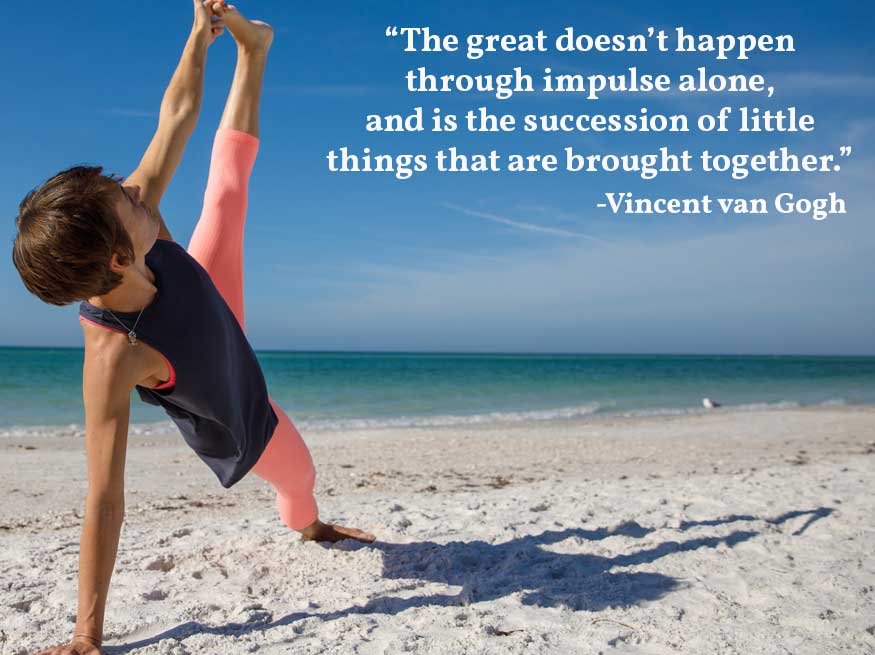
Photo Credit: Casey Brooke
COMMON TIMING-RELATED QUESTIONS
Below are some common questions we hear in the yoga industry. We’ll provide answers using a combination of the scientific information from Pink’s book and the practical application of successful yogis today.
Q: When is the best time to schedule a workshop or retreat?
A: Use a temporal landmark.
A temporal landmark is a point in time that stands out from unending stream of boring days and experiences. Just as you would use a physical landmark to determine your physical location (like the gas station that’s a block from your house), we all use indicators to guide our lives. Some temporal landmarks are unique to each individual, such as birthdays or anniversaries. Others are recognized throughout society, such as the start of a new week, month, or year.
What’s most interesting about these temporal landmarks is that they cause people to slow their thinking and reflect on the bigger picture of their lives. This shift in attention allows people to look at the world, and their goals, with fresh eyes.
Thus, when you schedule a workshop or retreat around an important temporal landmark, you strategically create a turning point in someone’s yoga journey. You tap into the human psyche in which each person wants to achieve their aspirations.
Some temporal landmarks that can be used in the yoga world are:
- An international retreat to start the new year
- A spring detox workshop at the vernal equinox
- A 200-hour yoga teacher training that meets the first weekend of each month, or
- An intro to yoga course that starts the same time as kids go back to school in the fall
Research shows over and over again that gym attendance and diet adherence are strongest at temporal landmarks. If fitness centers are packing the house during these times, you can do the same with your upcoming workshops and retreats.
Q: When is the best time for my students to practice yoga?
A: It depends on the goal of your student.
A morning practice can be great for:
- Elevating your mood. In fact, a strong, movement-based practice like vinyasa flow can release endorphins and increase feelings of well-being throughout the day.
- Building strength. Testosterone levels peak in the morning and this hormone is essential for muscle development.
- Reducing weight. Blood sugar is low in the morning, and thus an active practice on an empty stomach will cause the body to use fat stored in the tissues to support such physical activity.
- Sticking to a practice. Studies show that people are more likely to stay with an exercise routine when done in the morning. So, if your student wants to start or maintain a consistent practice, perhaps suggest they do it before the demands of the day begin.
An afternoon or evening practice can be excellent for:
- Mastering more challenging poses on the mat. Lung function is higher later in the day. Strength is also known to peak and hand-eye coordination sharpens. As a result, you might just be able to fine tune your postures enough with a higher level of performance.
- Avoiding injury. After moving around all day, the body is warm and less prone to any further trauma.
- Relaxing the mind. Research shows that people often perceive activities as easier in the afternoons, as opposed to mornings, despite the sequence being the same. This might allow students to stay present, and happily so, a bit easier later in the day.
Photo Credit: Ian Dooley
Q: When should my class passes expire?
A: Consider the fast finish effect.
Simply put, the fast finish effect refers to the fact that most people find more motivation when an ending is near. Said another way, when people are given a hard deadline, they are more likely to sign up, finish an application, or even reach an agreement. The Journal of Marketing research also found that people with a gift certificate valid for two weeks were three times more likely to redeem it than those with a certificate valid for two months.
While the stats above indicate that a hard deadline and shorter time frame will more likely encourage usage of such passes, there is no blanket recipe to ensure students will use their class passes. Instead, you’ll want to create a time frame that works for you and your clients.
For example, a local studio ran a half off special recently for a 10-class pack. Buyers had four months in which to use their passes, and that four-month time period did not begin until their first visit. Not only did this decrease the incentive for students to get into the studio quickly, the lengthy usage period reduced motivation for this 10-pack to help them build a sustainable and consistent practice. On top of it all, the studio ended up losing money when running this special.
A better option could have been a 45- or 60-day time frame to use those same passes, with the start date immediately upon purchase. This would encourage students to practice twice a week in the studio. And, no matter what time frame you offer for your class packages, make sure you have an automated system in place to remind students of when their passes are running low. This will incentivize them to get back into their practice knowing an end-date is near.
Q: When is the best time to post on my social media channels?
A: Afternoons.
Okay, okay, I know this seems like a broad generalization for adding great social content to your channels. And there are incredibly complex algorithms on each channel that might help you pick more precise times to effectively reach your audience.
For a moment, though, consider the daily energy patterns we described earlier in this article. Each person has higher and lower points for performance, and often their moods coincide with these energy fluctuations.
Research shows that positive emotions tend to rise in the morning, drop in the afternoon, and rise again in the evening. So, if you want to match the good-feeling emotions of others, post uplifting content early and/or late in the day.
But, if you want to stand out from the crowd and be an inspirational resource for them to seek out during those low points, post outstanding content in the afternoons.
Q: When is the best time to strategize and work on the growth of my yoga business?
A: During your personal peak time of alertness.
You might have a heightened sense of awareness as a yoga professional. However, this level of awareness may not shelter you from the low points of the day that others experience. This is why knowing when you experience your peak is of utmost importance. Then you can schedule proactive business work.
Most people experience their peak in the morning. This is the best time for head’s down, focused work. If this is the case for you, then block out some time early in the day–before or after teaching–to do your important work. This could include writing an article for your studio’s blog, crafting the upcoming schedule or newsletter, or even arranging a new sequence for your clients.
Then, you can schedule errands and other tedious, but less-brain intensive tasks, during the midday lull.
As Pink notes, human beings don’t all experience a day in the exact same manner. Each person has a unique chronotype, or way in which their circadian rhythms affect the mind and body. To find out exactly which chronotype you fall under, take this quiz. But no matter what time of day your mental focus heightens, dedicate your energy to the most important aspects of your yoga business during that peak period.
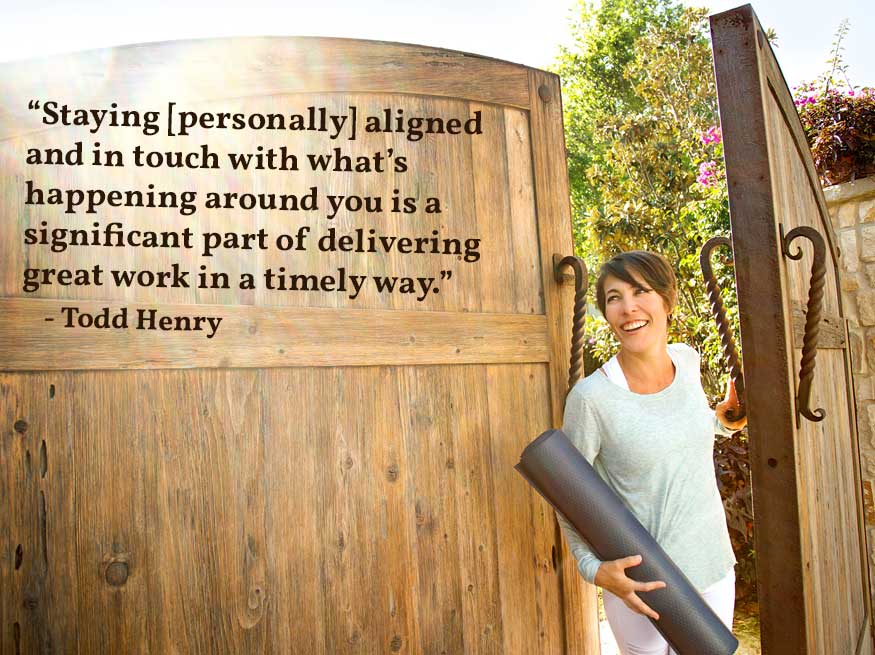
Photo Credit: Ember and Earth Photography
PUTTING IT TOGETHER
Science today reveals that good timing is more about understanding human trends than relying on luck or good fortune. In fact, as a yoga professional, you can strategically plan your schedule maximize such good timing. This can make the difference between making authentic connections with your students or not. It can be a deciding factor in creating a sustainable business plan, or not. Your timing can also indicate if you bring your best self to the table in any given moment.
We’ve just scratched the surface here with the above timing-related questions. We’ll look at the following ones in the near future:
- When is the best time to open a studio?
- When do I know I am ready for teacher training?
- When should I start teaching after my training?
- When is the best time to join, or leave, a studio?


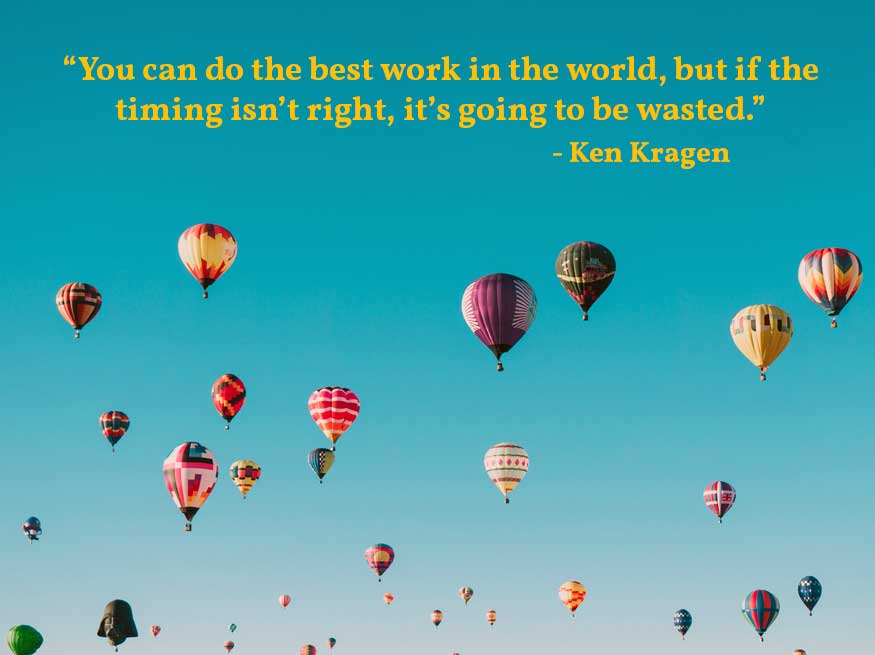

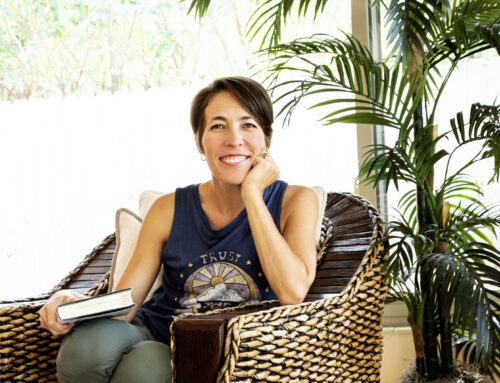
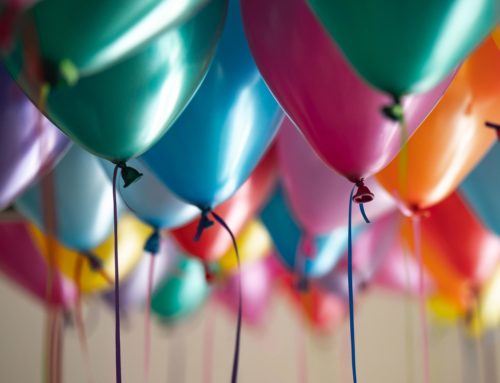

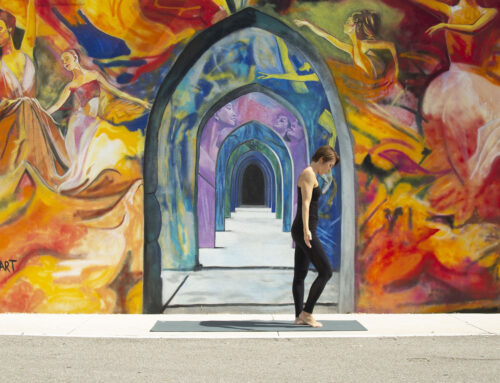

Leave A Comment